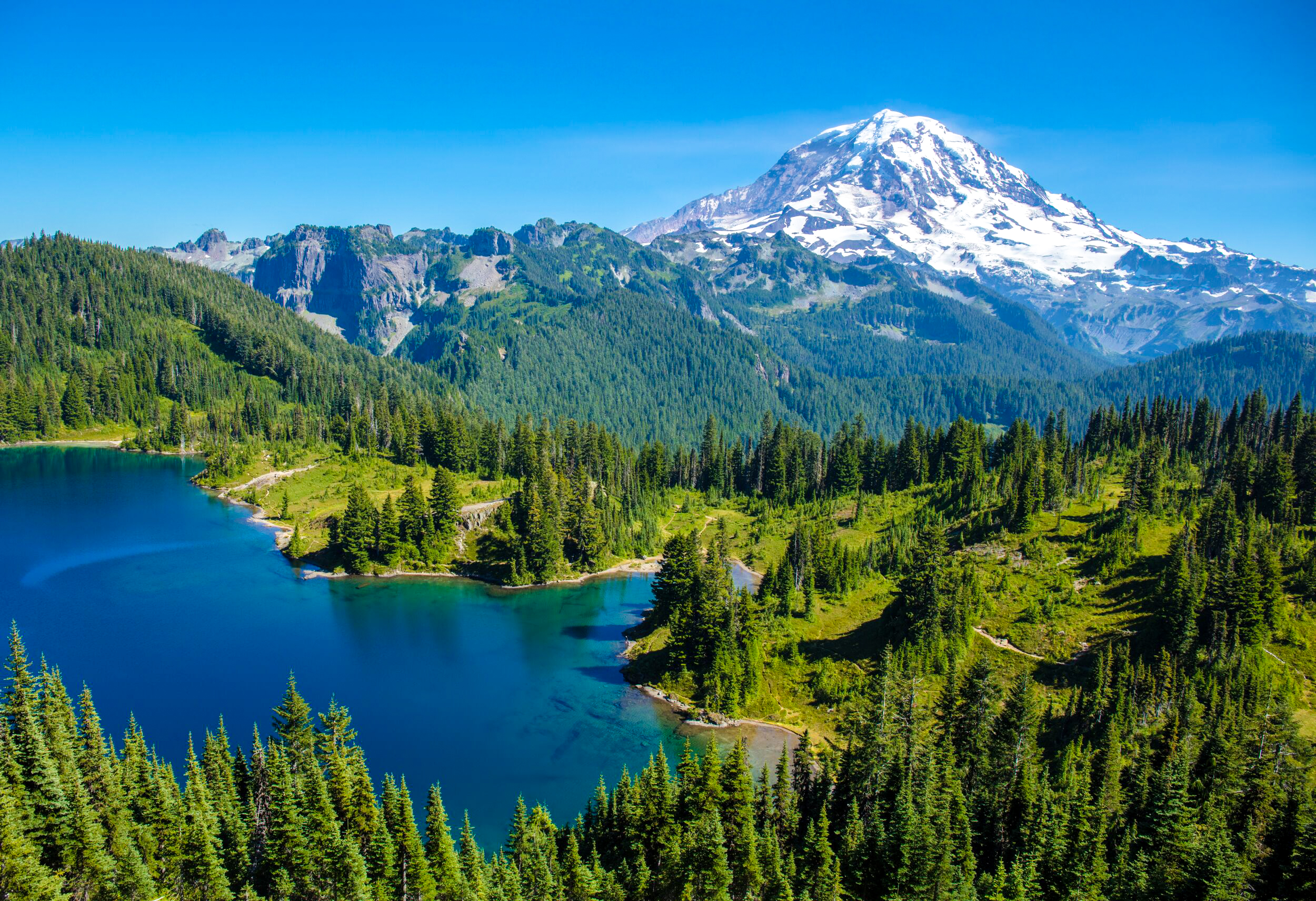Arches uses a timed entry system for busy seasons, see more info on the park’s website here.
Best time to visit: Year Around
Recommended Hikes/Walks: Delicate Arch, Devil's Garden, Park Avenue, the Fiery Furnace
Ideal For: Hiking, Auto-Touring, Biking
Where to stay: Moab (camping and hotels)
Useful Information:
Dogs - the general rule for dogs in national parks is that they must be leashed and are only allowed on paved areas, which includes parking areas, roads, and front country campgrounds. Dogs are not allowed on park trails, even when leashed.
Arches exists in an ecosystem where biological soil crust covers the desert floor. These biological structures are not dirt… they can take decades to form and they play an important role in the ecosystem. Please stay on trail!
A trip to Arches can be combined with a trip to nearby Canyonlands National Park. Read more about Canyonlands here.
Drinking water is available at the visitor center - bring your water bottles to fill up.
There is no shuttle service in Arches. The entrance gate and parking areas can be crowded but are usually manageable.
Arches National Park, located just north of Moab, Utah, is a small national park but boasts the highest concentration of natural bridges in the world. The best times to visit are spring and fall to avoid the summer heat and winter chill, but the park is open year-round. Light snow is common in the winter months.
Must See Attractions:
Delicate Arch - the best arch in the park and an icon of Utah. There is always a big crowd at Delicate Arch so be prepared to enjoy it alongside many other people. Seeing Delicate Arch requires a 3 mile roundtrip hike, read more about it in the hiking section below.
The Windows/Double Arch - some of the largest arches in the park and the easiest to access. Double Arch is especially impressive and the view from Window Arch towards Turret Arch is famous with photographers. Visitors can climb up beneath all the arches in this area for unique views of the rock overhead.
Balanced Rock - a massive boulder that is suspended high above ground by a thin spire of sandstone. You can see Balanced Rock from the road while driving, but it's worth parking and walking up close to appreciate how massive the boulder really is.
Devil's Garden - home to the famous Landscape Arch - the longest arch in the park. Other great arches in this area include Partition Arch, Navajo Arch, and Double O Arch. Read more about these arches in the hiking section below.
Fiery Furnace - a maze of sandstone and hidden arches that you can explore on a loop hike. A permit is required to see the Fiery Furnace which can be obtained at the visitor center up to seven days in advance. The ranger-guided tours are more popular, but don’t be afraid to go self-guided! Read more about the Fiery Furnace on the park’s website here.
Where to Stay:
Moab. It's a small town but it caters to the tourist crowd looking to explore Arches and Canyonlands. There are hotels, campgrounds, and RV parks, as well as stores, restaurants/bars, and places to book tours and adventure activities.
Drive times from Moab to national park entrances: 10 minutes to Arches National Park, 40 minutes to the Island in the Sky (Canyonlands), and 90 minutes to the Needles (Canyonlands).
There is only one campground inside Arches NP, it can be reserved online in advance here. This campground is awesome and it's great for beating the crowds in the morning. Campfire wood is sold here by the campground host but there are otherwise no stores within the park's boundaries.
Hiking in Arches:
Most of the hikes in Arches are pretty short with minimal elevation change. Where sturdy shoes with good traction to navigate the sections of slopped sandstone.
Delicate Arch - The best arch in Arches. The hike is about 3 miles roundtrip but with steady elevation gain on sloped sandstone. The trail ends at the base of Delicate Arch which is a jaw-dropping sight. If you only have time for one hike in Arches, this is the one to do. Read more about it here.
Devil's Garden - There are number of impressive arches found in the Devil's Garden.
The most famous is Landscape Arch - the longest arch in the park. The hike to Landscape Arch is flat but sandy. Massive chunks of rock have fallen from Landscape Arch in recent years - it may someday soon collapse entirely! Read more about the hike to Landscape Arch here.
The best hike in the Devil's Garden starts just beyond Landscape Arch, and goes to Partition Arch, Navajo Arch, and Double O Arch. There is a steep and slick section of rock just after Landscape Arch that you need to climb up to reach the other arches. It is easier to go up this section than to go down. This part of the hike can be scary and I have seen people turn around when they get to it, although most can make it up and down. If you want to avoid the steep section, this trail is actually a loop that can be accessed from the other direction on a longer loop trail. The full loop is worth doing if you have the time. Read more about it here.
Off the Beaten Track
Sand Dune Arch and Broken Arch are two cool arches near the Devil's Garden which are usually a little less crowded than the big attractions mentioned above. Sand Dune Arch is awesome and its always in the shade, making a great place for photography.
Corona Arch - This is a massive arch located near Moab, outside of Arches National Park. Its worth seeing if you are staying in Moab. Read more about it here.





















